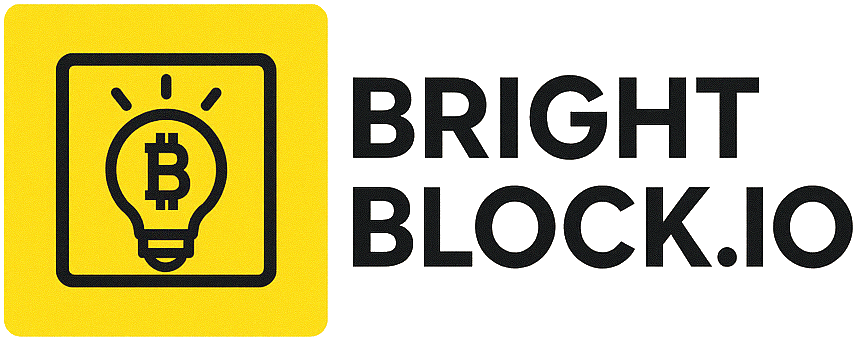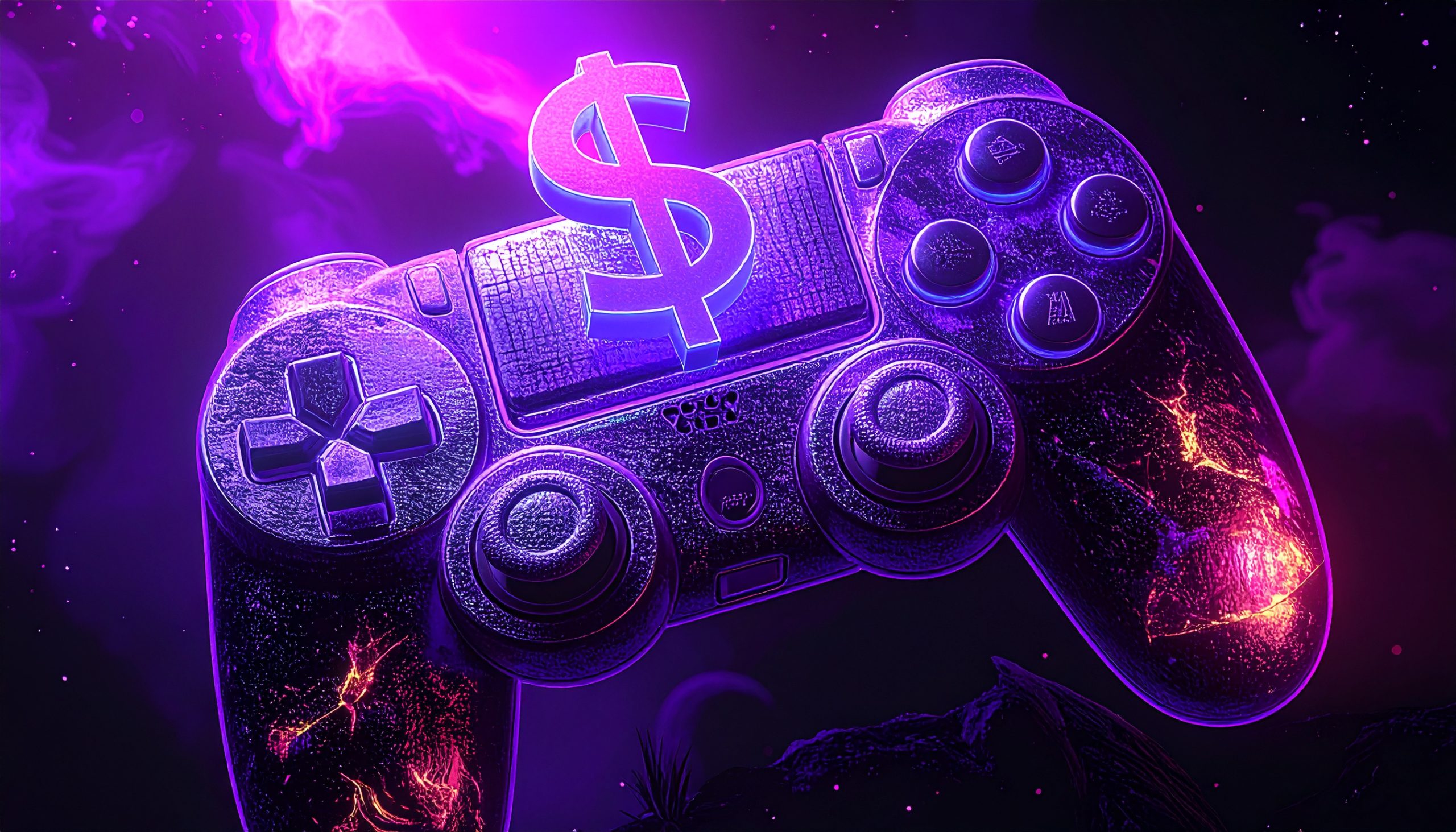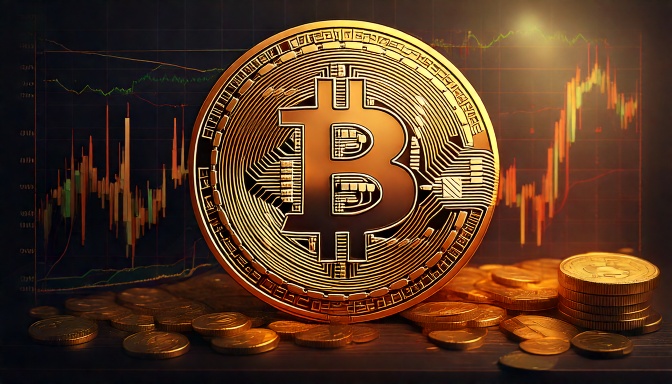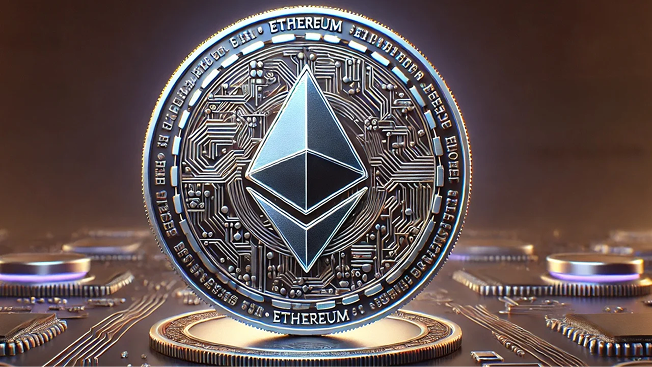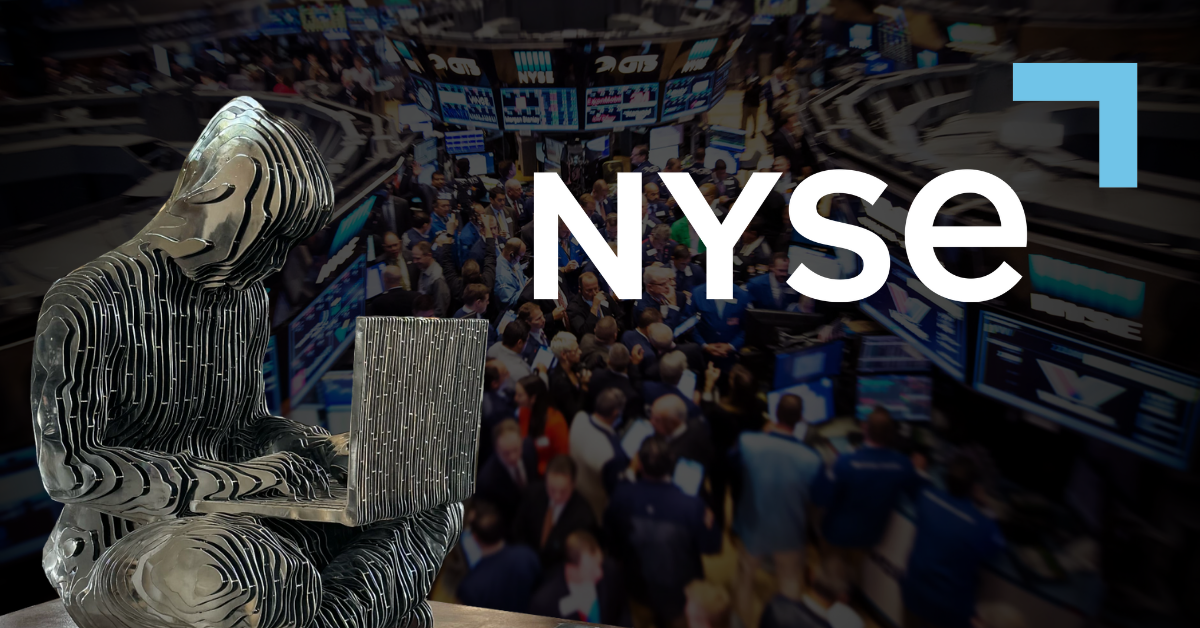Key Takeaways
- P2E sparked huge dreams in the blockchain space following its potential to earn while playing games.
- PAGR games are just fake promises with glitters that have the potential to send a player to the trenches.
- P2E games are built on real-world sustainability, earning rewards, and are community-driven.
Play-2-earn (P2E) was a wild ride when it first entered the blockchain space. It created a lot of buzz with dreams of driving lambos with just a few clicks, playing video games, and being rewarded with thousands of dollars.
Scrolling through the crypto-twitter verse, you would have come across the famous P2E games with huge potential and also Play-and-Get-Rekt (PAGR). While both promise huge returns for crypto degens, one is a goldmine if gotten right, while the other is a devil’s trap back to the trenches.
Grab your NFT sword as we prepare to break down these two narratives and discuss how you can spot the most promising of them.
Play-2-Earn – The Dream of Gaming For Cash
Axie Infinity (AXS) and The Sandbox (SAND) revolutionized gaming in the crypto space, leading to the dream of gaming your way to riches, with an influx of play-to-earn games making their way to the blockchain space.
What then is Play-2-Earn?
Play-2-earn is a blockchain gaming technology that allows users to play games in crypto while earning in-game assets such as NFTs, rare digital items with real world value. These in-game assets are tradeable in marketplaces to real cash.
The Sandbox, Axie Infinity, and Star Atlas led the charge, users grinding their ways in to earn free tokens such as AXS and SAND leading to so much hype across the world.
In the Philippines, users earn as much as $1,200, more than a month’s wages just playing games at home.
This result sent the crypto space into oblivion and the world as many people started gaming for results.
Crypto-twitter on X attracted comments like “P2E is the future” and “Gaming is life”.
While these sounds easy to read for many, buying some NFT assets to participate in these games were expensive, aslo token prices were extremely volatile resulting in setbacks for these crypto industries.
Still, the promises of earning from playing games got many degen hooked.
While the P2E industry remains promising, there is always a darkside to these things, let’s talk about the Play-and-Get-Rekt (PAGR) many people avoid speaking of in the crypto space.
Play-and-Get-Rekt – The Nightmare of P2E Hype
Play-and-get-rekt (PAGR) is a clear nightmare of degen gamers in the blockchain space.
PAGR is the dark side of P2E for players, as it has the potential to send them to the trenches compared to degen traders chasing the next 10,000x memecoins.
Beyond the dreams of making money playing your favorite games in the blockchain space, there are games designed by developers in the crypto space that specialize in draining your wallet, disguised with high graphics and a fake community of rug-pull individuals.
The designs and technology of PAGR are favoring developers and early adopters.
You might spend thousands of dollars buying NFT gear or assets and end up with worthless rewards, abandoned projects, or worse, wallet exploits.
For example, many PAGRs flood the crypto space with marketing for their native token, featuring high-quality gaming graphics and advertisements, only to leave their token holders stranded by abandoning their project to token buyers with no real value.
Unlike P2E’s focus on community, real value, and sustainability, PAGR is the clear opposite of P2E, with intentions of sending its players to the trenches, killing their dreams before they reach the light.
Conclusion
Spot the difference, and you save your hard-earned ETH. Look out for quality games and long-term vision built around the community without entry barriers.
If P2E is done right, mixing a blend of gaming and crypto hustle, you will enjoy the results that come out of it, but if you are out chasing dreams of making it fast, you are most likely to fall for PAGR.
WAGMI is for only P2E games that remain sustainable with real value for its community, not fake 100x gaming rewards.
Othere Read

